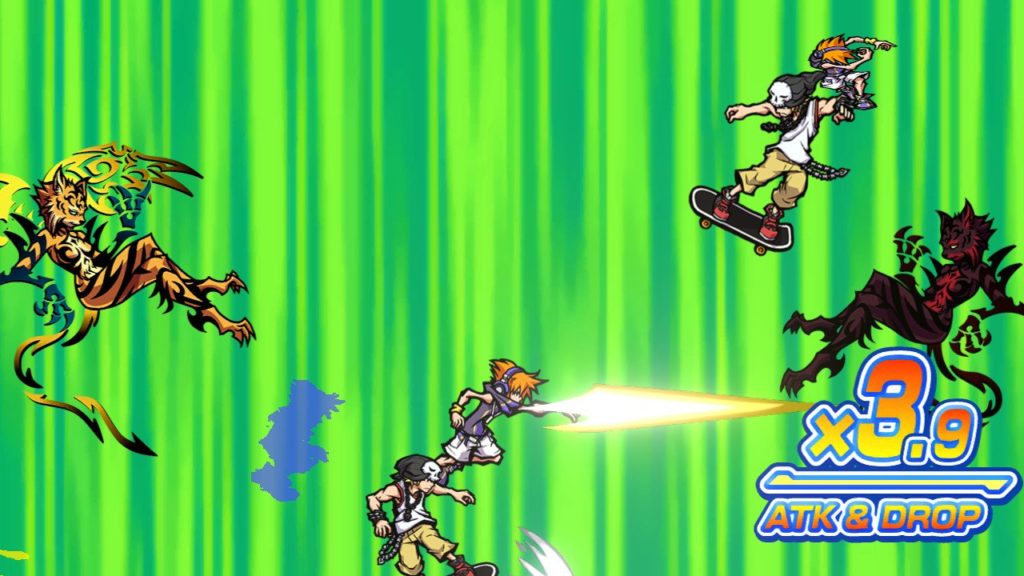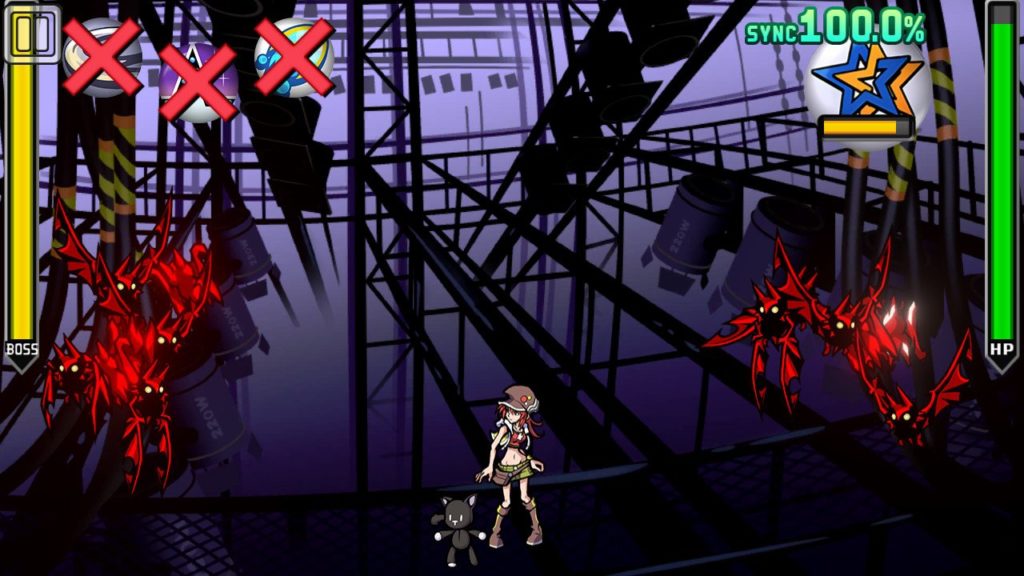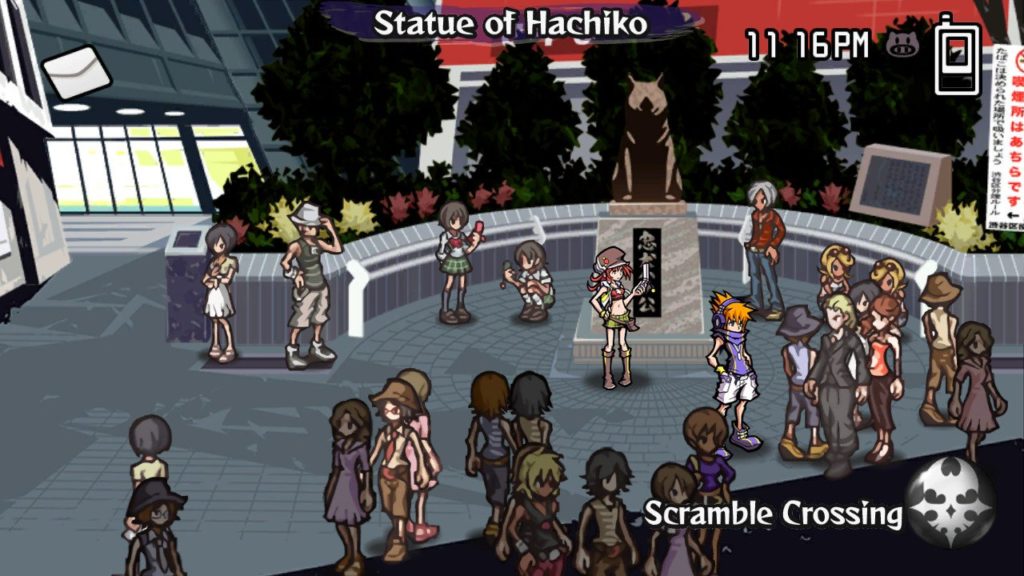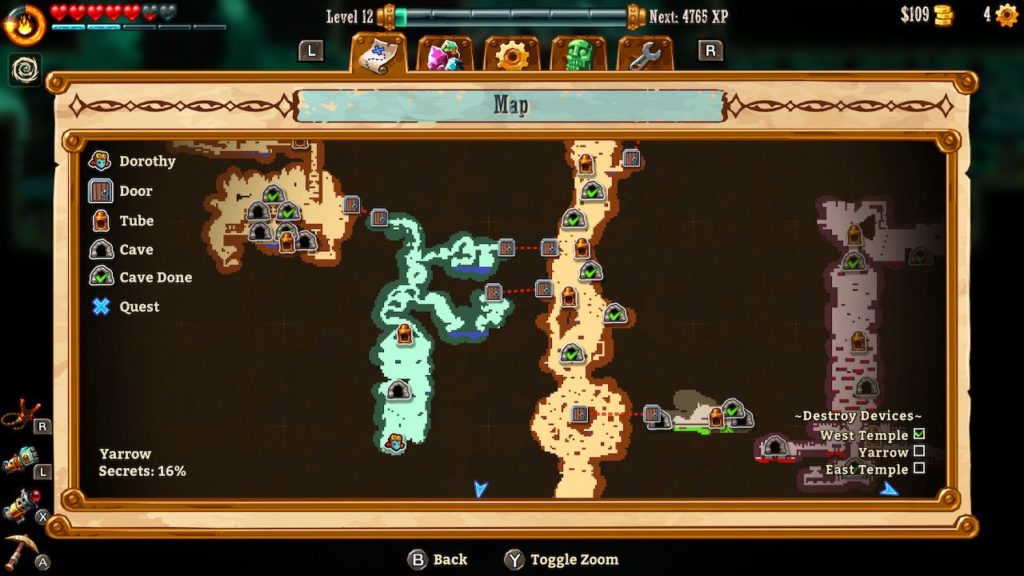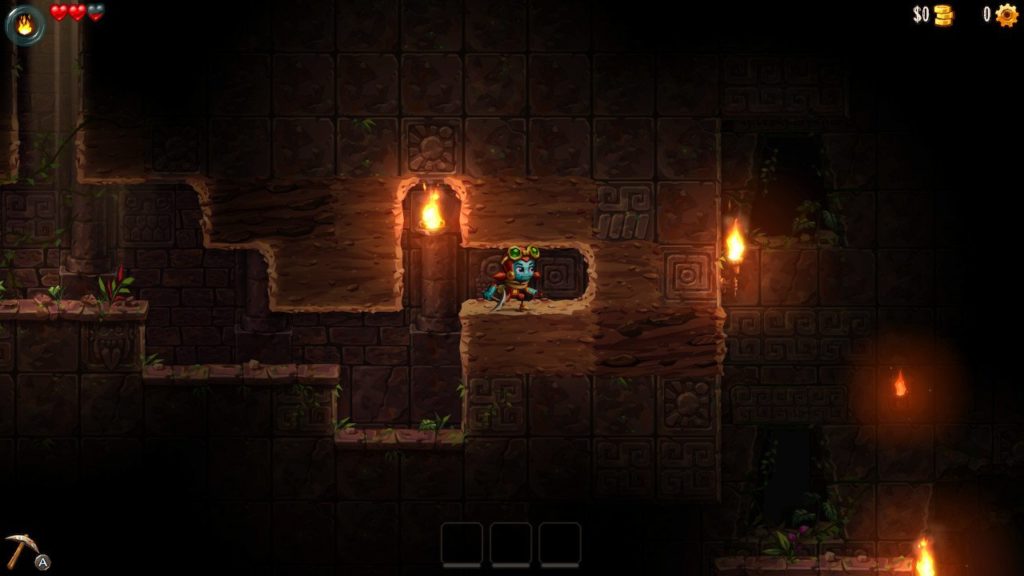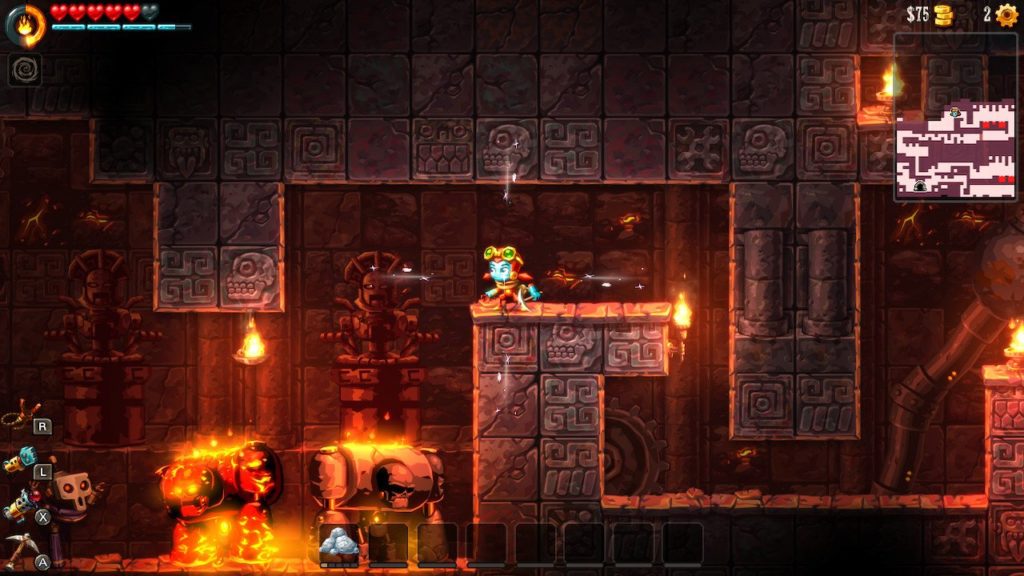- Genre: Platformer
- Platform: Switch
TL;DR
- Classic Yoshi gameplay, accessible but deep with great replayability of the levels
- Another fantastic visual style from the team at Good-Feel
This could be a really short ramblings from a practical perspective. If you liked any past Yoshi games, you’ll probably like this. The gameplay still revolves around heavy exploration of side scrolling levels, eating enemies to get eggs, and using those eggs to find things hidden around the levels. This one does a few things to separate from past titles though – particularly in the replayability of the individual levels – that really make this a solid new entry that plays well on the go.
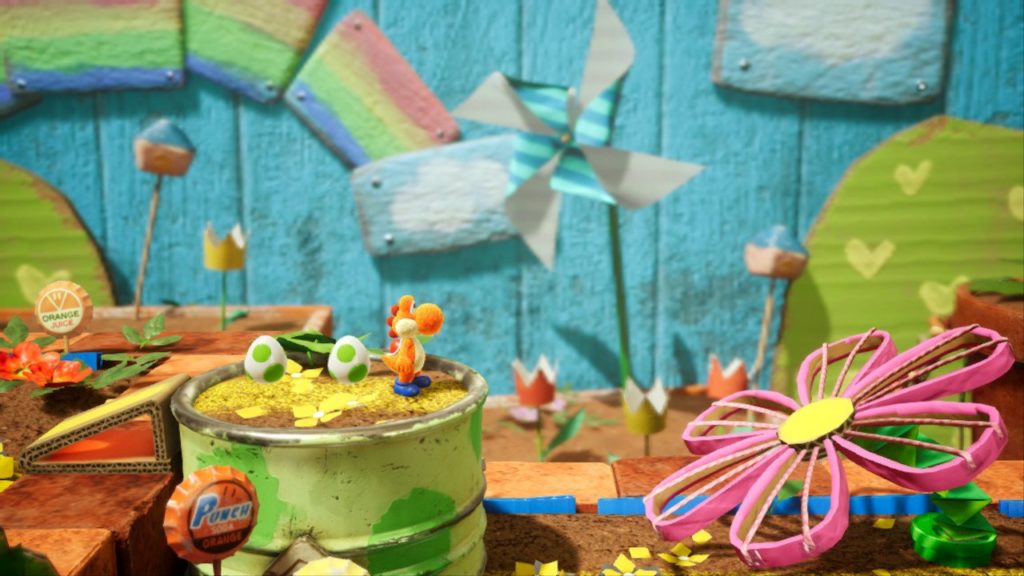
There really is a lot of familiarity at play here, but really that isn’t very surprising for the Yoshi series. The Island games and Woolly World were a lot of fun, but really all had similar mechanics. Manipulating the firing of eggs is still the real core skill here other than staying alive. The point of each individual level is still to basically collect everything, and the objectives are still largely the same – find flowers, find 20 red coins, don’t lose hearts. There are a few core differences here though. Each flower is an individual goal on its own, along with flowers gained from the coin/heart objectives, but there’s other ways to gain flowers that become more important. In addition, flowers are used as progression blockers in a way similar to stars in Mario games, though most players will never have trouble having an overabundance. The differences in star collection are what really drive replayability in this game though.
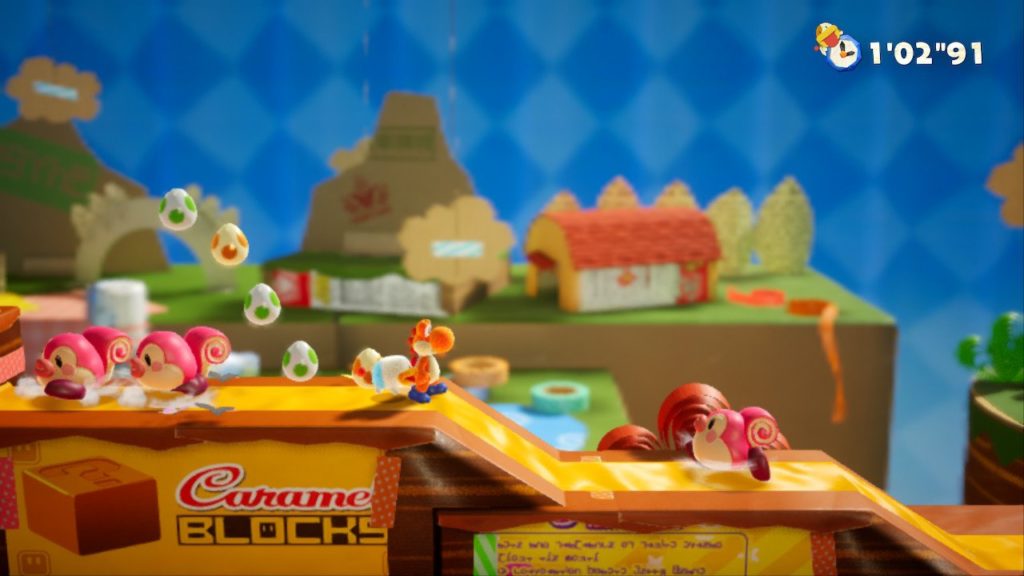
Replaying levels really becomes key to the core loop here. Back side levels are one of the big options, where the player runs through the level in reverse to find Poochy Pups. These serve a two-fold purpose; they’re an additional goal using the same content, and they also use a speedrun timer that forces the player to ignore exploration in favor of speed. In doing so, these levels really change how the player thinks about the core gameplay in a fun way.
From a visual perspective it also really pushes the crafted aspect of the game world. You see the labels on the back of cardboard boxes, the tape holding everything together, the enemies that are holding up stage props. It all serves to give a fairly adorable setting to the world and a reason for the way the game visually exists.
These aren’t the only replay tools though. In addition to the obvious goal of finding everything, each mini world has a series of collection tasks that also provide flowers to the player. These all involve finding one to a handful of a specific prop, and the player has to shoot eggs at them to collect them. They’re small goals, but act as an addition gameplay layer to complete.
All of these replay tools really serve to push the purpose that this is a game that works as well on the couch as it does on the go. If you’ve got a large chunk of time, it’s easy to run through a bunch of levels or spend a lot of time looking for every little detail on the front side run throughs. If you’re in a commute and only have a few minutes? Go ahead and do a quick back side run or one of the collection tasks. Either way you’re earning rewards and finding new things to do, and the game works phenomenally well in allowing you to tailor your minute to minute experience to the time you have available.
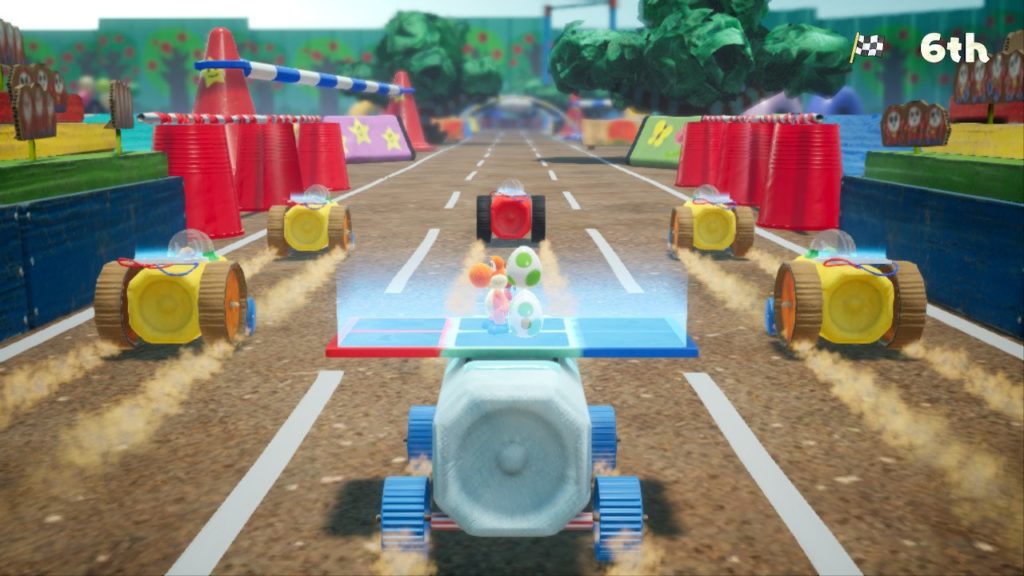
Realistically there isn’t much new to be had here compared to other Yoshi games, but this one definitely does the best job of sitting somewhere in the middle of a home and on-the-go experience. The huge variety of different types of tasks to accomplish means you can do things that run from taking minutes to taking hours, and this is the same thing that some of the best Switch titles I’ve played have typically pulled off. It also helps that the core Yoshi gameplay was already a lot of fun to begin with. Although this doesn’t end up being your traditional platformer gameplay like a New Super Mario Bros game, I’d still have a pretty easy time recommending this one straight out for anyone looking for a game in that genre.


